📞+86 153 7530 2641 📧 hongjing.Wang@feichuncables.com

Heavy Duty CRANE PUR FO 2 × 12/125 Cable for Reeling Systems | Flexible Optical PROFIBUS Solutions
Discover the heavy duty CRANE PUR FO 2 × 12/125 cable for reeling systems, offering flexible PUR sheathing, E9/125 & G50/125 fibres, and rugged design for mobile material handling applications across Australian industrial environments.
hongjing.Wang@Feichun
8/7/202510 min read

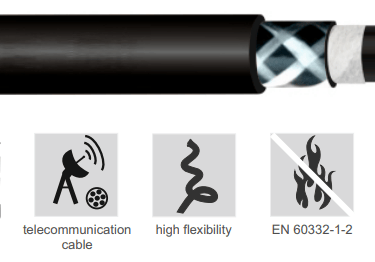
Introduction
In today's demanding industrial environments, reliable data transmission over flexible cable systems has become paramount for efficient operations. The CRANE PUR FO 2 × 12/125 heavy duty cable represents a breakthrough in optical fibre technology, specifically engineered for reeling systems that require constant flexing and movement. This specialised telecommunications cable addresses the critical need for maintaining signal integrity whilst enduring the mechanical stresses inherent in mobile material handling equipment and spring-driven reel applications.
Australian industries, from mining operations in Western Australia to manufacturing facilities in Victoria, increasingly rely on sophisticated automation systems that demand robust communication networks. The CRANE PUR FO 2 × 12/125 cable delivers exceptional performance in these challenging environments, combining advanced polyurethane (PUR) sheathing technology with precision-engineered optical fibres to ensure uninterrupted data flow across Long Distance Communication Networks (LDN).
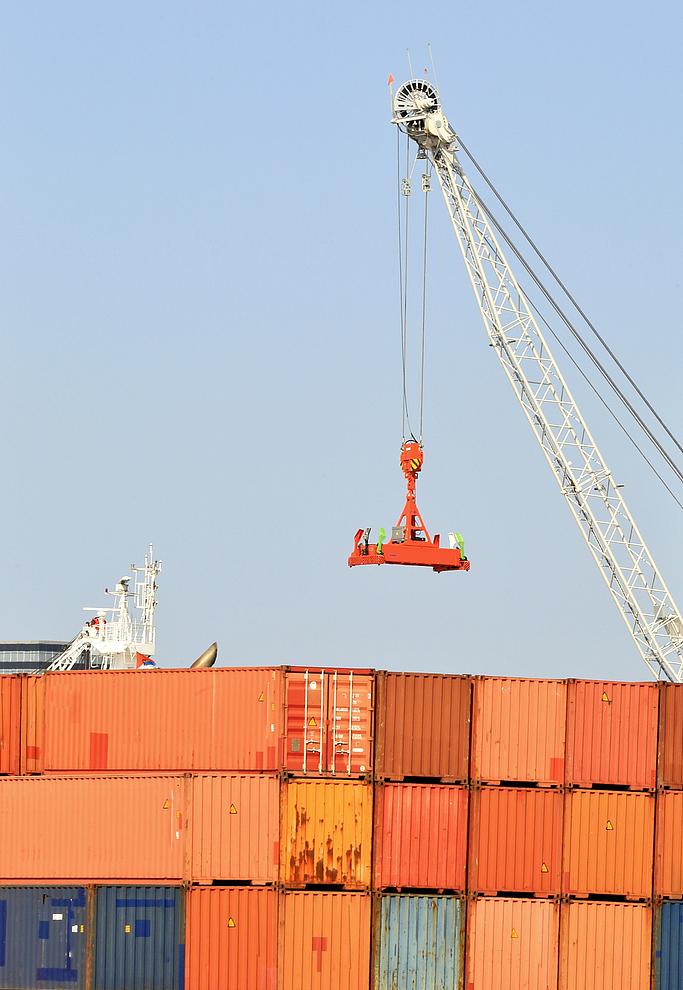

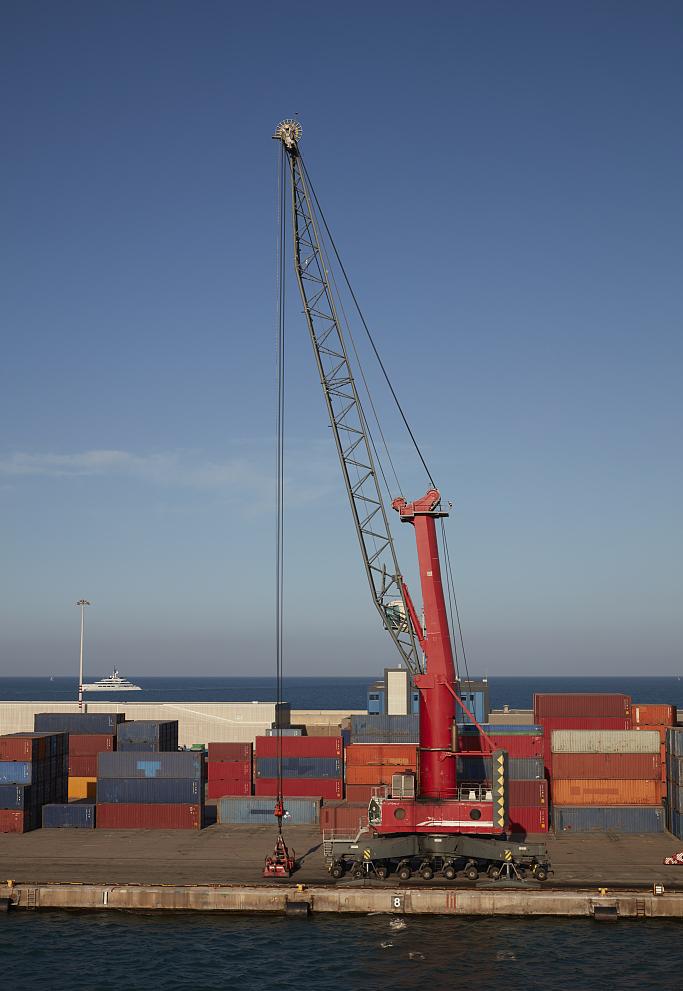

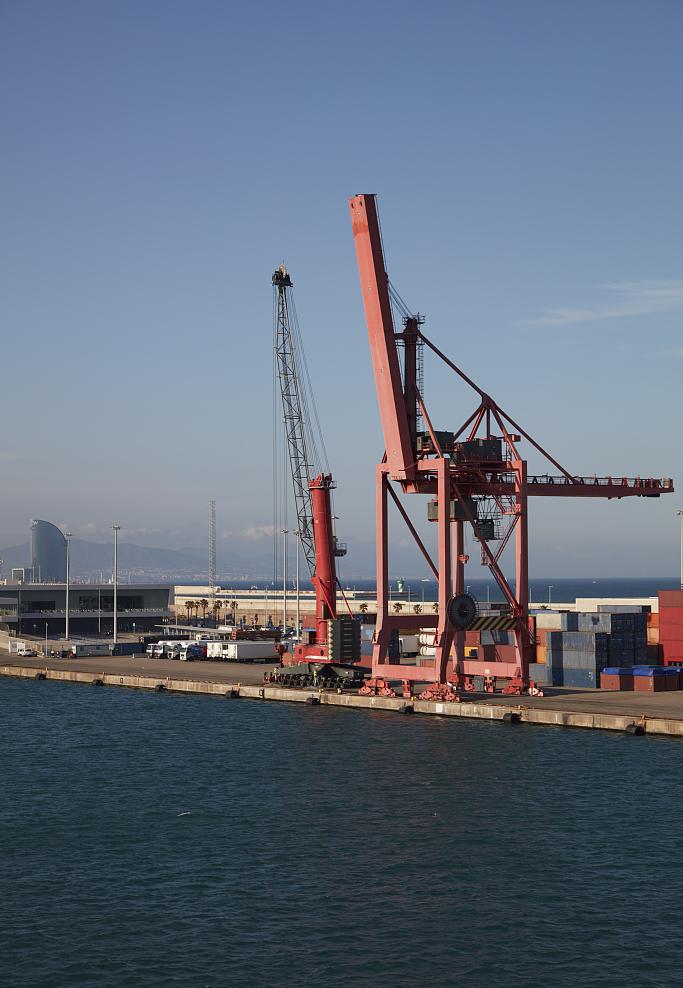

Overview of CRANE PUR FO 2 × 12/125 Cable
The CRANE PUR FO 2 × 12/125 cable stands as a testament to modern telecommunications engineering, featuring a sophisticated multi-layer construction designed specifically for dynamic applications. This heavy duty PUR sheathed cable incorporates 24 optical fibres arranged in two tubes of 12 fibres each, providing redundancy and increased bandwidth capacity for critical industrial communications.
The cable's designation "2 × 12/125" refers to its configuration of two tubes containing twelve fibres each, with a core diameter of 125 micrometers. This arrangement offers excellent flexibility whilst maintaining the structural integrity required for continuous reeling operations. The advanced PUR outer sheath provides superior protection against environmental hazards, making it ideal for both indoor and outdoor applications where traditional cables would fail.
Compliance with CPR 305/2011 (Construction Products Regulation) and RoHS 2015/863/EU ensures the cable meets stringent European safety and environmental standards, providing Australian users with confidence in both performance and regulatory compliance. These certifications are particularly important for installations in public buildings and industrial facilities where fire safety and environmental considerations are paramount.
Importance in Mobile Material Handling and LDN Applications
Mobile material handling equipment represents one of the most challenging environments for optical cables. Cranes, automated guided vehicles (AGVs), and robotic systems require continuous data communication whilst subjecting cables to constant flexing, twisting, and environmental exposure. The CRANE PUR FO 2 × 12/125 cable addresses these challenges through its robust construction and flexible design, enabling seamless integration into PROFIBUS optical networks.
Long Distance Communication Networks (LDN) in industrial settings demand cables capable of maintaining signal quality over extended distances whilst withstanding mechanical stress. This cable excels in applications where traditional copper-based systems would suffer from electromagnetic interference or distance limitations. The optical nature of the transmission ensures immunity to electrical noise, making it particularly valuable in environments with heavy machinery and electrical equipment.
Australian mining operations, port facilities, and large manufacturing plants benefit significantly from this technology, as it enables real-time monitoring and control of distributed equipment across vast operational areas. The cable's ability to function reliably in temperatures ranging from -30°C to +80°C during operation makes it suitable for Australia's diverse climatic conditions, from the tropical north to the temperate southern regions.
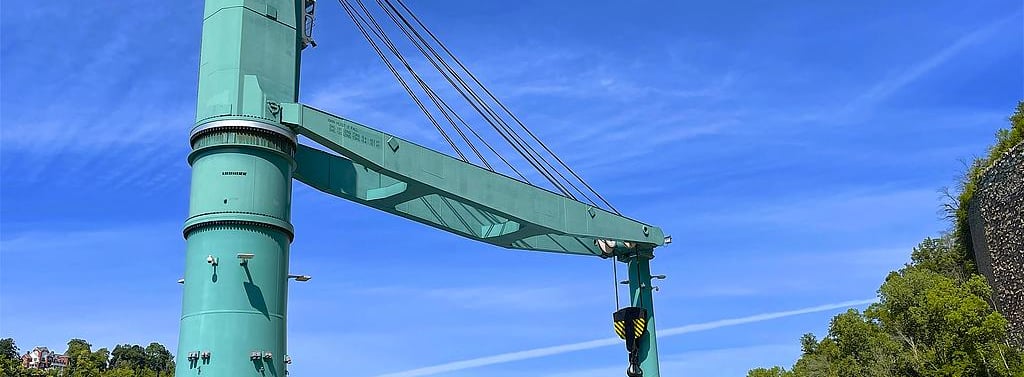

Key Features and Specifications
Benefits of PUR Sheath and TPE Inner Layer
The polyurethane (PUR) outer sheath represents a significant advancement in cable protection technology. Unlike conventional PVC or polyethylene materials, PUR offers exceptional resistance to abrasion, chemicals, and UV radiation whilst maintaining flexibility across a wide temperature range. This thermoplastic elastomer construction ensures the cable remains supple during operation, reducing stress concentrations that could lead to premature failure.
The inner thermoplastic elastomer (TPE) layer provides an additional barrier against moisture ingress and mechanical damage. This dual-layer approach creates a protective cocoon around the optical fibres, ensuring signal integrity is maintained even when the outer sheath experiences minor damage. The TPE material's excellent recovery properties mean the cable can withstand repeated flexing cycles without developing permanent deformation.
The reinforcement braid, constructed from high-tech multifilament threads, provides exceptional tensile strength whilst remaining non-hygroscopic and exhibiting low shrinkage characteristics. This reinforcement enables the cable to withstand dynamic tensile loads up to 2000 N, making it suitable for the most demanding reeling applications where cables may experience significant pulling forces.
Fiber Types and Color Coding (E9/125, G50/125, G62.5/125)
The CRANE PUR FO 2 × 12/125 cable accommodates three distinct fibre types, each optimised for specific applications:
E9/125 Single-mode Fibres: These fibres comply with DIN EN IEC 60793-2-50/VDE 0888-325 standards and are ideal for long-distance, high-bandwidth applications. The 9-micron core diameter ensures minimal signal dispersion, making them perfect for backbone communications in large industrial facilities.
G50/125 Multimode Fibres: Designed according to ITU-T G.651/VDE 0888-321 specifications, these 50-micron core fibres excel in medium-distance applications. They're particularly suitable for connecting equipment clusters within manufacturing cells or automated production lines.
G62.5/125 Multimode Fibres: These fibres meet IEEE 802.3 Gigabit Ethernet standards and VDE 0888-321 requirements, offering excellent compatibility with existing network infrastructure. The larger 62.5-micron core facilitates easier splicing and connection procedures.
The colour coding system follows ANSI/TIA/EIA 598-A standards, with tube 1 designated by specific colours (yellow for E9, blue for G62.5, green for G50) and tube 2 consistently marked in red. This standardised approach simplifies installation and maintenance procedures, reducing the likelihood of connection errors.
Mechanical Properties
The cable demonstrates exceptional mechanical performance characteristics crucial for reeling applications:
Reeling Speed: Operating at speeds up to 120 metres per minute, the cable accommodates high-speed automated systems without compromising signal quality or mechanical integrity.
Bending Radius: With a minimum bending radius of 15 times the cable diameter (reduced to 10 times for spring-operated reels), the cable maintains optical performance even in tight routing situations.
Oil and Weather Resistance: Certified to IEC 60811-404 for oil resistance and featuring unrestricted outdoor use capability, the cable withstands exposure to industrial lubricants, hydraulic fluids, and harsh weather conditions including ozone, UV radiation, and moisture.
Technical Data Sheet
The CRANE PUR FO 2 × 12/125 cable specifications reflect its robust design:
Outer Diameter: 14-16mm, providing optimal balance between flexibility and protection
Cable Weight: Approximately 200 kg/km, ensuring manageable installation whilst maintaining durability
Temperature Range: -40°C to +80°C for storage/transport, -30°C to +80°C for active operation
Fire Behaviour: IEC 60332-1-2 compliance ensures controlled flame propagation
Jacket Material: Halogen-free thermoplastic elastomer with inkjet marking capability
Maximum Tensile Load: 2000 N dynamic loading capacity

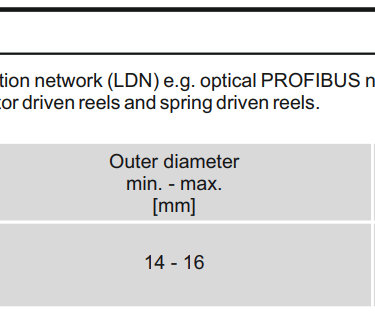
Application Scenarios
Optical PROFIBUS Networks on Small Motor Driven Reels
Small motor-driven reel systems benefit enormously from the CRANE PUR FO 2 × 12/125 cable's compact design and flexible construction. These applications, common in automated warehouses and manufacturing facilities, require cables that can withstand thousands of reeling cycles whilst maintaining consistent data transmission rates.
The cable's reduced bending radius capability allows it to wind onto smaller drum diameters, enabling more compact reel designs. This is particularly valuable in space-constrained environments where equipment footprint is critical. The synthetic strain relief elements prevent stress concentration at connection points, ensuring reliable operation throughout the cable's service life.
Spring-Driven Reel Implementations
Spring-driven cable reels present unique challenges due to their constant tension and rapid retraction capabilities. The CRANE PUR FO 2 × 12/125 cable's enhanced flexibility and reduced minimum bending radius (10 times cable diameter for spring reels) make it ideal for these applications.
The cable's ability to handle rapid acceleration and deceleration during spring-driven retraction prevents the mechanical fatigue that commonly affects standard cables. This reliability is crucial in safety-critical applications where communication failure could result in equipment damage or personnel injury.
Long Distance Communication Network (LDN) Use Cases
Large industrial complexes, mining operations, and port facilities represent prime applications for LDN implementations using the CRANE PUR FO 2 × 12/125 cable. The single-mode E9/125 fibres enable communication over distances exceeding 10 kilometres without signal degradation, whilst the robust construction ensures reliability in harsh environmental conditions.
The cable's immunity to electromagnetic interference makes it particularly valuable in environments with heavy electrical machinery, welding operations, or radio frequency emissions. This characteristic ensures consistent data transmission in applications where copper-based systems would suffer from noise-induced errors.

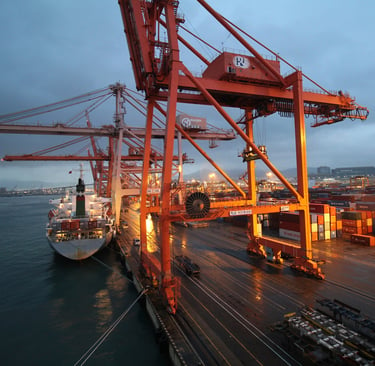
Installation and Handling Guidelines
Recommended Ambient Conditions
Proper installation begins with understanding environmental requirements. During installation, ambient temperatures should remain within the cable's operational range of -30°C to +80°C to prevent thermal shock. In extreme Australian conditions, such as outback mining operations or tropical industrial facilities, pre-conditioning the cable to ambient temperature is recommended.
Humidity control during installation prevents moisture absorption that could affect long-term performance. The cable's moisture-resistant construction provides excellent protection once installed, but initial installation in dry conditions ensures optimal bonding of protective layers.
Bend Radius and Strain Relief Considerations
Maintaining the specified minimum bending radius of 15 times cable diameter (150-240mm for typical installations) prevents optical loss and mechanical damage. During installation, temporary supports should be used to maintain proper radius, particularly around cable guides and entry points.
Strain relief installation requires careful attention to the cable's synthetic strain relief elements. These components should be properly terminated to prevent load transfer to the optical fibres. The 2000 N dynamic tensile capacity should never be exceeded, and appropriate safety factors must be applied based on the specific application requirements.
Maintenance and Inspection Procedures
Regular inspection schedules should include visual examination of the outer sheath for signs of abrasion, chemical attack, or UV degradation. The matte black finish facilitates easy identification of surface damage, whilst the inkjet marking system enables traceability throughout the cable's service life.
Optical performance testing using standard OTDR (Optical Time Domain Reflectometer) techniques should be performed quarterly in critical applications. This proactive approach identifies developing issues before they affect system performance, enabling scheduled maintenance rather than emergency repairs.
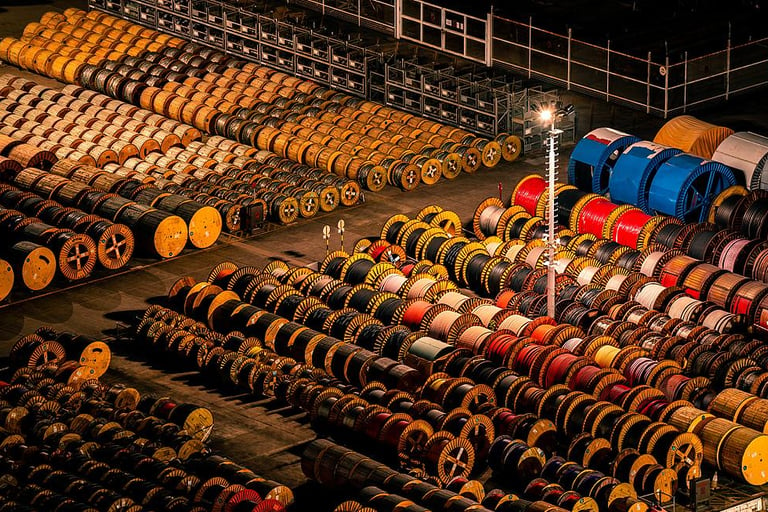

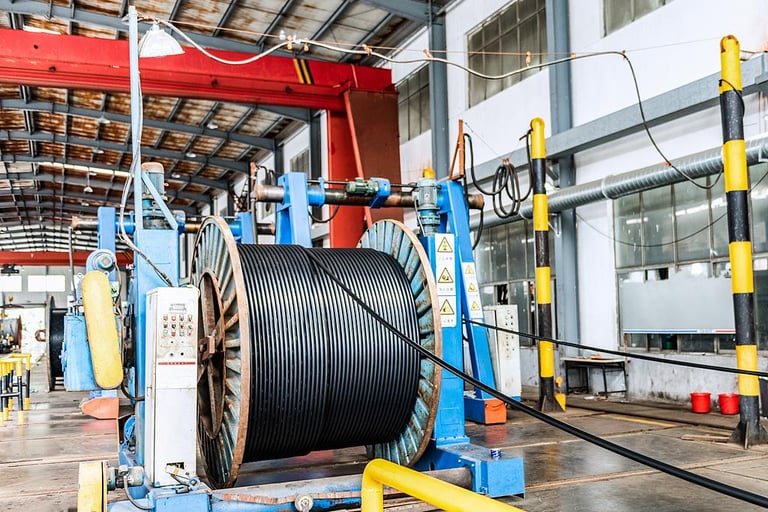

Performance Benefits
Signal Integrity over Reeling Cycles
The CRANE PUR FO 2 × 12/125 cable maintains exceptional signal integrity throughout millions of reeling cycles. Laboratory testing demonstrates consistent optical performance with minimal insertion loss variation even after extended cyclic loading. This reliability stems from the careful engineering of the fibre protection system and the cable's flexible construction.
The dual-tube design provides inherent redundancy, allowing continued operation even if one tube experiences damage. This fault-tolerant approach is particularly valuable in critical applications where communication loss could result in significant operational disruption or safety hazards.
Durability in Harsh Industrial Environments
Australian industrial environments present unique challenges including extreme temperatures, corrosive atmospheres, and intense UV radiation. The CRANE PUR FO 2 × 12/125 cable's construction addresses these challenges through material selection and design optimisation.
The halogen-free outer sheath provides excellent chemical resistance whilst meeting stringent fire safety requirements. This is particularly important in enclosed spaces or areas where personnel evacuation might be restricted. The UV-stabilised formulation ensures long-term performance in outdoor installations without degradation of mechanical properties.
Compliance with CPR305/2011 and RoHS 2015/863/EU
Regulatory compliance provides assurance of quality and environmental responsibility. CPR 305/2011 compliance ensures the cable meets construction industry requirements for fire performance and smoke generation, crucial for installations in public buildings or industrial facilities with strict safety requirements.
RoHS 2015/863/EU compliance demonstrates environmental responsibility through restriction of hazardous substances. This certification is increasingly important for Australian companies with international operations or supply chain requirements that mandate environmental compliance.
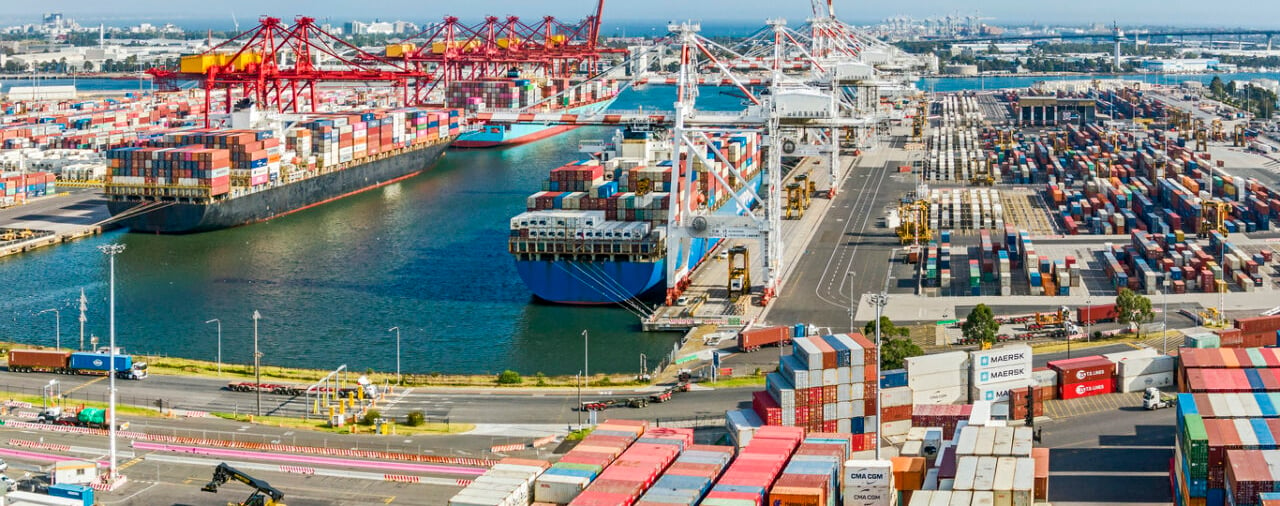

Customization Options
Combination of Fiber Types on Request
The ability to combine different fibre types within a single cable provides exceptional flexibility for complex applications. Common combinations include 12 E9/125 fibres for long-distance backbone communication paired with 12 G50/125 fibres for local equipment connections.
This hybrid approach optimises system cost whilst maintaining performance requirements. Single-mode fibres handle high-bandwidth, long-distance communications, whilst multimode fibres provide cost-effective connectivity for shorter runs within equipment clusters.
Lengths, Jacket Colors, and Reinforcement Variations
Standard cable lengths accommodate most applications, but custom lengths eliminate wastage and reduce installation complexity. Special jacket colours enable integration with existing colour-coding systems or facility requirements.
Enhanced reinforcement options are available for extreme-duty applications where standard tensile ratings may be insufficient. These modifications can include additional armour layers or upgraded strain relief elements tailored to specific application requirements.
Troubleshooting Common Cable Issues
Q: What causes signal loss in reeling applications? A: Signal loss typically results from excessive bending radius violations, contaminated connectors, or mechanical damage to fibres. Ensure minimum bending radius is maintained (≥15 times cable diameter) and implement regular connector cleaning procedures.
Q: How can I prevent cable damage during installation? A: Use proper cable pulling techniques with appropriate lubricants, maintain bend radius requirements, and avoid exceeding the 2000 N tensile limit. Install cable guides at direction changes and use temporary supports during installation.
Q: Why does the cable fail prematurely in outdoor applications? A: Premature failure often results from improper UV protection or chemical exposure. Ensure the cable's UV-stabilised sheath is appropriate for the application, and verify chemical compatibility with any substances the cable may encounter.
Q: What maintenance is required for optimal performance? A: Perform quarterly visual inspections, annual optical testing with OTDR, and immediate investigation of any performance degradation. Clean connectors regularly and maintain proper cable support throughout the system.
Conclusion
The CRANE PUR FO 2 × 12/125 heavy duty cable represents the pinnacle of optical fibre technology for reeling applications. Its sophisticated construction combining PUR sheathing, multiple fibre options, and robust mechanical design makes it the ideal solution for demanding Australian industrial environments.
The cable's exceptional performance in mobile material handling, Long Distance Communication Networks, and PROFIBUS optical applications ensures reliable operation in the most challenging conditions. Compliance with international standards, customisation options, and proven durability make it the preferred choice for forward-thinking engineers and system integrators.
Industries ranging from mining and manufacturing to logistics and automation will benefit from the cable's unique combination of flexibility, durability, and performance. The investment in quality infrastructure pays dividends through reduced maintenance costs, improved system reliability, and enhanced operational efficiency across diverse Australian industrial applications.
How to Reach Us
Get in Touch
SiteMap
Product Catalogue
Reeling Cable
Festoon Cable
Shore Power Cable




Scan to add us on WeChat
